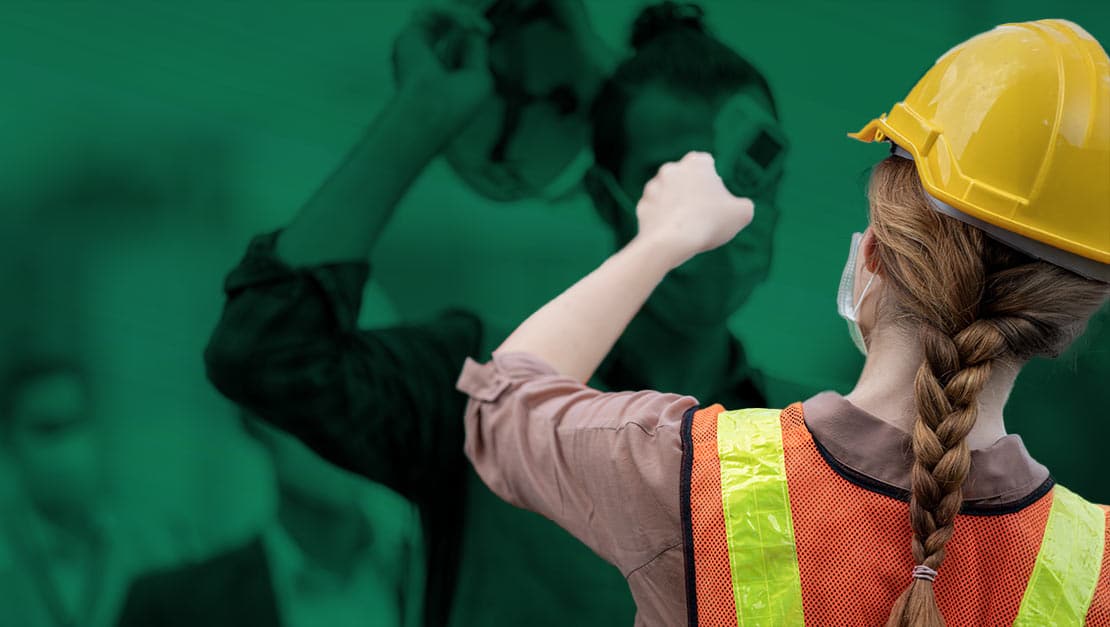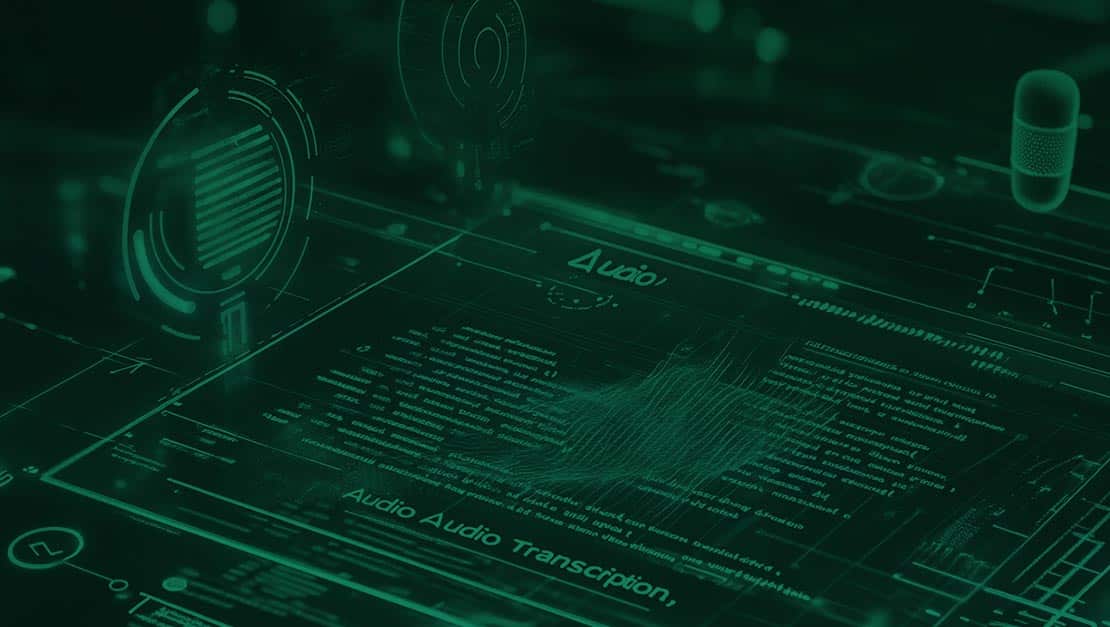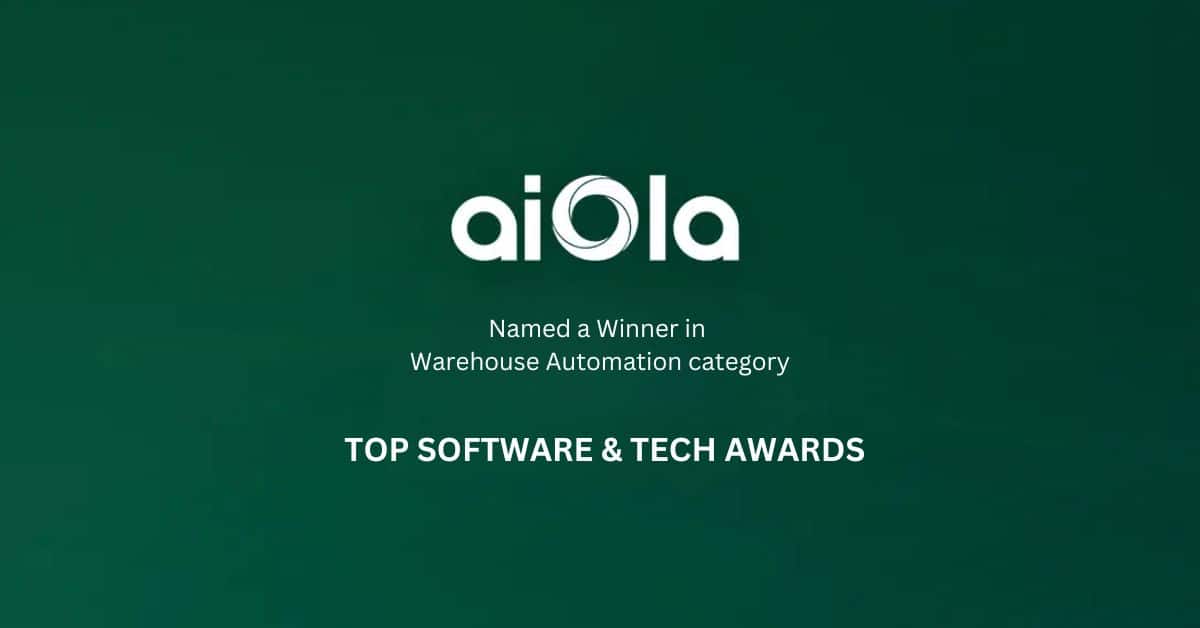The number of fatal work injuries increased by 5.7% between 2021-2022, according to data from the U.S. Bureau of Labor Statistics. Injuries and illnesses also rose by 7.5% in the same time period. Every business owner and employee would agree that doing anything necessary to prevent harm to people while at work is both a necessary investment and an ideal goal.
The good news is that AI in workplace safety is enhancing frontline safety greatly, by requiring little effort for big rewards. We’re going to explore how frontline operations benefit from automated safety and the use of AI.
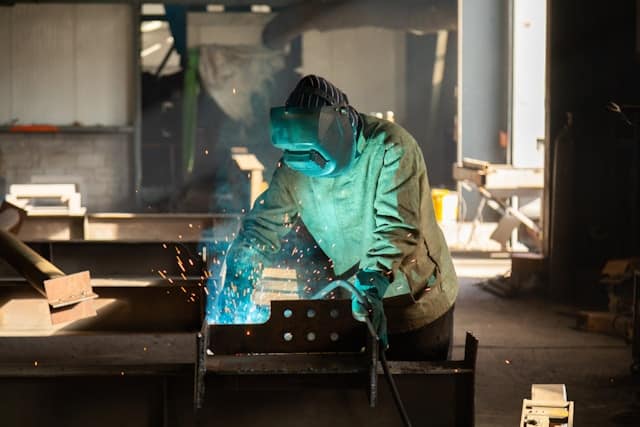
Key Safety Challenges in Frontline Environments
While traditional safety methods like proper training, reporting, protective equipment, hazard identification, and the like are useful and much needed, there are still gaps that exist.
Let’s consider some of the greatest safety challenges in some key frontline industries:
Manufacturing
- Electrical hazards: Can cause fire, death, and burns
- Hazardous materials: Dangerous materials and equipment can harm workers
- Confined spaces: Fumes can reduce oxygen levels and create fire hazards
- Accidents: Slippery surfaces and machines can cause falls, broken bones, and possibly death
- Machinery: Out-of-date or unguarded machines can be the reason for injuries
Construction
- Electrical hazards: Like in manufacturing, electrical hazards can electrocute people or start fires
- Collapses: Buildings, trenches, and scaffolding run the risk of collapse
- Falls: One of the largest threats in construction is frontline workers falling on unlevelled or high surfaces
- Noise: Loud noises can cause hearing loss and affect communication while on the worksite
Logistics
- Vehicle accidents: Heavy-duty vehicles and fleet vehicles can cause injury or fatalities if not properly cared for and maintained
- Injuries: Workplace injuries can occur from slippery floors or dark spaces
- Fatigue: Drivers have long hauls and may be exhausted, which increases the risks of accidents or falling asleep at the wheel
- Hazardous materials: Transporting hazardous materials is risky due to flammability and potential corrosion.
The above provides examples of what could go wrong. If you’ve been working in or managing teams within any of these industries, then you’re likely all too familiar with the many risks involved. By now, you may be wondering, “What’s the solution then?”
It’s time to answer, “How does automation improve safety?”
AI Solutions for Frontline Safety
AI solutions for frontline safety are making tidal waves across critical industries because they are effective, relatively easy-to-implement, and add great value.
Real-Time Safety Monitoring and Alerts
Artificial intelligence-enabled systems provide real-time safety monitoring due to machine learning and computer vision. These systems are able to identify potential hazards that humans may overlook or miss, thereby reducing or preventing accidents and injuries from occurring.
Predictive Analytics for Accident Prevention
AII and machine learning can process large datasets with algorithms to predict safety risks and apply predictive analytics. Predictive analytics leverages historical data to forecast future outcomes and events. When it comes to accidents and injury prevention, it can be applied for early hazard detection, as well as alerts as to when you may need to perform critical maintenance on machinery or vehicles.
Natural Language Processing (NLP) for Safety Reporting
Speech to text systems, or speech AI, is being used to enhance efficiency, safety, and collaboration for frontline workers. Voice-activated systems like aiOla empower hands-free operations, inspections, and reporting. When frontline workers can keep their eyes on the task and ensure everyone is updated as to how machinery and processes are functioning, there is less likelihood of accidents or hazards to occur.
Benefits of Implementing AI in Frontline Safety
There are many frontline operations platform solutions to choose from. Regardless of which real-time safety monitoring technology you will use, you will immediately recognize the benefits that come along with doing so.
Enhanced Risk Mitigation
AI is capable of analyzing large datasets and identifying patterns. When it comes to workplace safety, this means that the technology can monitor employee behavior in real-time, identify unsafe working conditions, and allow teams and managers to be proactive rather than reactive. As a result, safety risks can be mitigated.
Real-Time Decision Making
With predictive analytics and general analysis, managers and stakeholders gain access to insights. These insights can provide crucial decision-making knowledge to prevent accidents and optimize workflows.
Proactive Safety Culture
With the use of AI, workplaces can shift mindsets and promote safety-first. AI-driven initiatives also allow for personalized staff training and development to meet employees where they are at, providing them with the tailored resources they need to improve their own safety outcomes.
Operational Efficiency and Compliance
Last but not least, the use of AI in frontline safety ensures adherence to regulations. In effect, companies can reduce compliance risks and associated costs.
Challenges in Adopting AI for Frontline Safety
Where there are upsides, there may be downsides, too. However, by being aware of them in advance and properly preparing, the challenges of adopting AI for frontline safety can be overcome.
Data Privacy and Security Concerns
Primarily, you’ll want to make sure that your chosen AI solution properly handles data and adheres to regulations.
High Implementation Costs
It may be the case that the AI seems expensive at first as it is an upfront investment. Keep in mind the positive ROI and the otherwise costly accidents, injuries, and hazards that will be prevented.
Worker Acceptance and Trust
In order to make sure that everyone utilizes the AI as intended and does not fear its deployment, communicate with your frontline team that the AI is there to help them, not replace them.
Best Practices for Implementing AI in Frontline Safety
When you’re ready to get started implementing AI in your own frontline safety operations, keep in mind these best practices:
- Conduct a Safety Risk Assessment: Review and identify key areas in which AI can add value.
- Choose the Right AI Technology: Perhaps one of the most difficult tasks of all is to pick the right AI technology partner. It’s best to consider your goals, and then determine what type of solution to look for, whether it be computer vision, predictive analytics, NLP, or something else, for your specific safety needs.
- Start Small with Pilot Programs: Test AI solutions in a limited capacity before scaling to make sure the outcomes are what you envision.
- Integrate with Existing Safety Protocols: Make sure that your AI systems work alongside your existing safety measures and tech stack.
- Train Workers on AI Tools: Another important factor is to bring your employees onboard with the tools. To do so, offer comprehensive training and support for how they can effectively use the new AI safety solution additions.
How aiOla’s AI Speech Solution Impacts Frontline Safety
For any company looking to enhance efficiency, streamline processes, increase safety, and promote collaboration, aiOla is the industry-agnostic, easy-to-implement solution you’ve been waiting for.
With aiOla’s speech AI, you gain:
- Real-Time Hazard Reporting
Frontline workers can use aiOla’s speech recognition to instantly report safety hazards or incidents without interrupting their workflow. By simply speaking into a device, employees can alert supervisors about potential dangers, ensuring quick response times - Hands-Free Safety Inspections
aiOla enables workers to conduct safety inspections using voice commands, allowing them to keep their eyes on equipment and surroundings. This approach reduces the risk of accidents during inspections and increases overall safety awareness. - Multilingual Safety Communication
With support for over 100 languages and various accents, aiOla facilitates clear safety communication in diverse workforces. Multilingual ASR ensures that critical safety information is understood across language barriers, reducing misunderstandings that could lead to accidents - Automated Safety Checklists
Safety checklists can be completed verbally using aiOla, streamlining the process and increasing compliance. The system can prompt workers through each step, ensuring thorough completion of safety protocols. - Instant Alert System
aiOla’s ability to process speech in real-time allows for the creation of an instant alert system. When certain keywords or phrases related to safety concerns are detected, it can trigger immediate notifications to relevant personnel. - Data-Driven Safety Insights
By capturing and analyzing speech data related to safety, aiOla provides valuable insights into recurring issues or trends. This information can be used to proactively address safety concerns and improve overall workplace safety measures.
Closing Words
AI is making frontline safety easier to achieve and enhance with its countless applications and low barriers to entry. By prioritizing workplace safety, companies can promote retention, protect people (and assets), improve retention, and adhere to regulations.
With “safety first” as a constant and primary goal, the addition of AI makes it achievable.

